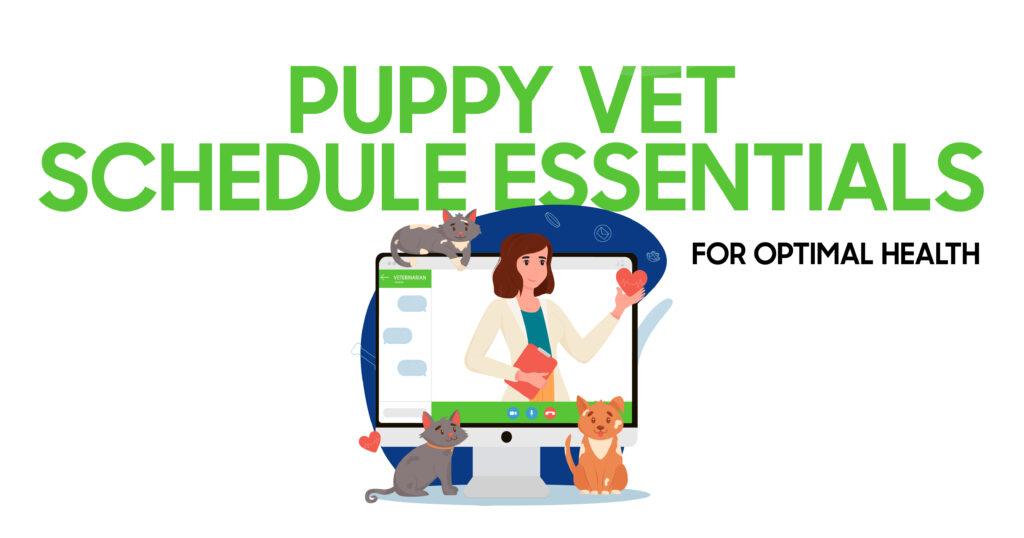When your dog faces a bacterial infection, finding the right treatment is crucial, and cephalexin dosage for dogs is a topic of interest for many pet owners. At Vet Today, we recognize that cephalexin for dogs infections is a trusted antibiotic prescribed by veterinarians to combat various bacterial issues. This guide explores cephalexin for dogs benefits, proper dosing, administration, side effects, and when to consult a professional, ensuring your dog’s health is prioritized with cephalexin safety in dogs.
Overview of Cephalexin and Its Uses in Dogs
Cephalexin is a first-generation cephalosporin antibiotic used to treat bacterial infections in dogs, such as skin infections, urinary tract infections (UTIs), and respiratory infections. It works by disrupting bacterial cell wall formation, effectively killing the bacteria. Cephalexin for dogs infections is particularly effective against gram-positive bacteria, making it a go-to choice for conditions like pyoderma or wound infections.
Common uses include:
- Skin Infections: Treats bacterial dermatitis or abscesses.
- Urinary Tract Infections: Addresses bladder infections caused by susceptible bacteria.
- Bone Infections: Manages osteomyelitis in severe cases.
- Soft Tissue Infections: Heals wounds or post-surgical infections.
For detailed information on antibiotics in veterinary medicine, the Merck Veterinary Manual is an excellent resource. Always consult a veterinarian to confirm cephalexin is appropriate for your dog’s condition.
Determining the Correct Cephalexin Dosage for Your Dog
The cephalexin dosage for dogs varies based on the dog’s weight, the type of infection, and the severity of the condition. Typically, veterinarians prescribe 10–15 mg per pound of body weight, administered every 8–12 hours for 7–14 days. Accurate dosing is critical to ensure cephalexin safety in dogs and prevent antibiotic resistance.
Factors influencing dosage:
- Weight: Larger dogs require higher doses, adjusted per pound.
- Infection Type: Skin infections may need different dosing than UTIs.
- Dog’s Health: Kidney or liver issues may require dose adjustments.
- Form of Medication: Capsules, tablets, or liquid formulations affect administration.
The table below provides a cephalexin dosage chart for dogs:
| Dog Weight (lbs) | Dosage Range (mg) | Frequency | Typical Duration |
| 5–10 | 50–150 | Every 8–12 hours | 7–14 days |
| 10–25 | 100–375 | Every 8–12 hours | 7–14 days |
| 25–50 | 250–750 | Every 8–12 hours | 7–14 days |
| 50–100 | 500–1500 | Every 8–12 hours | 7–14 days |
Note: These are general guidelines. A veterinarian must prescribe the exact cephalexin dosage for dogs to ensure efficacy and safety.
Common Side Effects of Cephalexin in Dogs
While cephalexin is generally safe, dog cephalexin side effects can occur, particularly if dosing is incorrect or the dog has sensitivities. Most side effects are mild, but owners should monitor their pets closely.

Common side effects include:
- Gastrointestinal Upset: Vomiting, diarrhea, or loss of appetite.
- Allergic Reactions: Itching, swelling, or rash (rare).
- Lethargy: Reduced energy levels in some dogs.
- Yeast Infections: Prolonged use may lead to secondary infections.
Serious side effects, such as difficulty breathing or severe allergic reactions, require immediate veterinary attention. The ASPCA Animal Poison Control Center offers guidance on managing medication-related issues in pets.
How to Administer Cephalexin to Dogs Safely
How to give cephalexin to dogs safely involves following veterinary instructions and using techniques to ensure compliance. Cephalexin capsules for dogs are commonly prescribed, but liquid formulations are available for dogs that struggle with pills. Administering the medication with food can reduce stomach upset.
Tips for safe administration:
- Hide in Food: Place capsules in a treat or soft food like peanut butter (xylitol-free).
- Use a Pill Popper: For reluctant dogs, a pill dispenser ensures the dose is swallowed.
- Follow Schedule: Give doses at consistent times to maintain effective blood levels.
- Complete the Course: Finish the prescribed duration to prevent bacterial resistance.
Monitor for dog cephalexin side effects and report any concerns to your veterinarian. Never adjust the dose or stop treatment early without professional guidance.
Cephalexin Dosage Adjustments for Different Dog Sizes
Dosage adjustments are necessary to account for variations in dog size and metabolism. Small breeds require lower doses to avoid toxicity, while large breeds need higher doses for efficacy. Cephalexin safety in dogs depends on tailoring the dose to the dog’s specific needs.
The table below outlines dosage adjustments by size:
| Dog Size | Weight Range (lbs) | Dosage (mg/lb) | Administration Notes |
| Small | 5–15 | 10–15 | Use liquid for precise dosing |
| Medium | 15–40 | 10–15 | Capsules or tablets, with food if needed |
| Large | 40–80 | 10–15 | Split doses to reduce stomach upset |
| Giant | 80+ | 10–15 | Monitor closely for side effects |
Veterinarians may adjust doses for dogs with kidney or liver issues, ensuring that the benefits of cephalexin for dogs outweigh the risks.
Comparing Cephalexin to Other Antibiotics for Dogs
Cephalexin is one of many antibiotics used in veterinary medicine, and its choice depends on the infection type and bacterial susceptibility. Comparing it to alternatives like amoxicillin or doxycycline helps owners understand its role.
Key comparisons:
- Cephalexin: Best for skin and soft tissue infections; fewer gastrointestinal side effects.
- Amoxicillin: Broad-spectrum, often used for respiratory or dental infections.
- Doxycycline: Effective for tick-borne diseases or intracellular bacteria.
- Clindamycin: Targets anaerobic bacteria, often for dental or bone infections.
Cephalexin’s advantages include its efficacy against gram-positive bacteria and relatively mild side effects, as noted in cephalexin for dogs reviews. However, a veterinarian will select the best antibiotic based on culture and sensitivity tests.
Consulting Your Veterinarian About Cephalexin for Dogs
Before starting cephalexin for dogs infections, a veterinary consultation is essential. Your veterinarian will perform diagnostics, such as bacterial cultures or blood tests, to confirm cephalexin is appropriate. They’ll also provide guidance on how to give cephalexin to dogs, monitor for side effects, and adjust doses as needed.
Regular check-ups ensure the infection is resolving and prevent complications. Trust your veterinarian to maximize cephalexin for dogs benefits while prioritizing safety.
Healthy Paws With Vet Today’s Care
At Vet Today, we’re dedicated to helping your dog recover from infections with treatments like cephalexin dosage for dogs tailored to their needs. Our expert team is here to answer questions, provide cephalexin capsules for dogs, and ensure your pet’s health. Contact Vet Today to schedule a consultation or learn more about keeping your dog infection-free.

FAQs
What are the potential cephalexin side effects for dogs when treating bacterial infections?
Dog cephalexin side effects may include vomiting, diarrhea, or loss of appetite, with rare cases of allergic reactions like itching or swelling. These effects are typically mild but should be monitored. Contact a veterinarian if severe symptoms occur.
How does cephalexin for canine infections compare to other dog antibiotic dosage guidelines?
Cephalexin for dogs infections is dosed at 10–15 mg per pound every 8–12 hours, similar to amoxicillin but higher than doxycycline’s typical range. It’s preferred for skin infections due to its efficacy against gram-positive bacteria. A veterinarian determines the best antibiotic based on the infection.
What are the recommended cephalexin veterinary guidelines for treating dog skin infections?
Veterinary guidelines recommend a cephalexin dosage for dogs of 10–15 mg per pound every 8–12 hours for skin infections, typically for 7–14 days. Treatment should continue until the infection clears, as confirmed by a vet. Regular monitoring ensures cephalexin safety in dogs.
How should cephalexin capsules for dogs be administered for effective bacterial infection treatment?
Cephalexin capsules for dogs should be given with food to reduce stomach upset, hidden in treats or using a pill popper for compliance. Administer at consistent intervals for 7–14 days as prescribed. Completing the full course prevents bacterial resistance.
Is cephalexin liquid for dogs a suitable alternative for those with difficulty swallowing pills?
Cephalexin liquid for dogs is a suitable alternative for dogs that struggle with cephalexin capsules for dogs, offering easier administration and precise dosing. It’s especially useful for small dogs or those with swallowing issues. Veterinary guidance ensures proper use and dosage.






